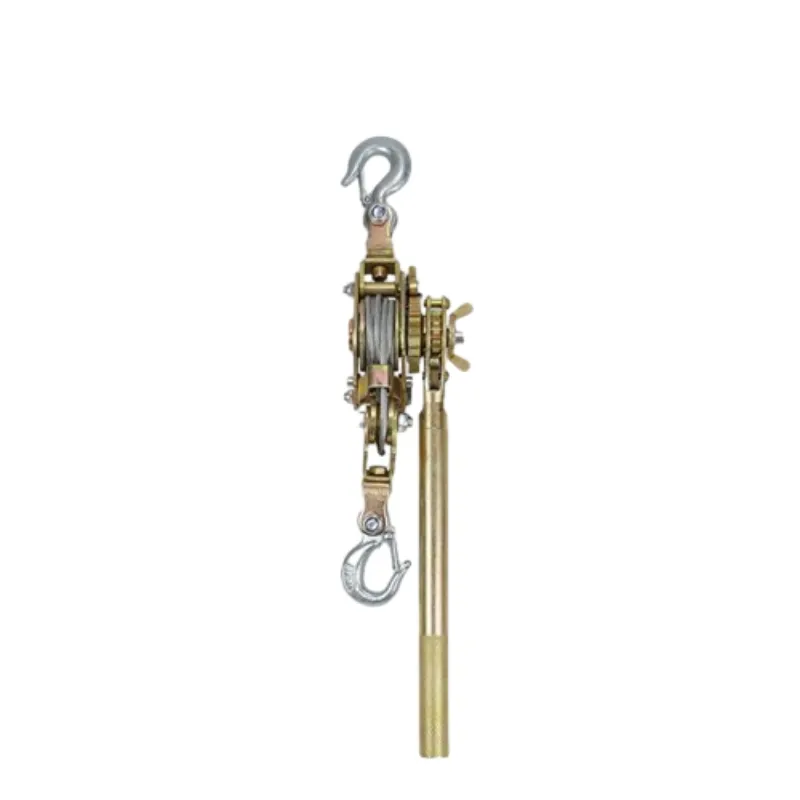
-
 Afrikaans
Afrikaans -
 Albanian
Albanian -
 Amharic
Amharic -
 Arabic
Arabic -
 Armenian
Armenian -
 Azerbaijani
Azerbaijani -
 Basque
Basque -
 Belarusian
Belarusian -
 Bengali
Bengali -
 Bosnian
Bosnian -
 Bulgarian
Bulgarian -
 Catalan
Catalan -
 Cebuano
Cebuano -
 Corsican
Corsican -
 Croatian
Croatian -
 Czech
Czech -
 Danish
Danish -
 Dutch
Dutch -
 English
English -
 Esperanto
Esperanto -
 Estonian
Estonian -
 Finnish
Finnish -
 French
French -
 Frisian
Frisian -
 Galician
Galician -
 Georgian
Georgian -
 German
German -
 Greek
Greek -
 Gujarati
Gujarati -
 Haitian Creole
Haitian Creole -
 hausa
hausa -
 hawaiian
hawaiian -
 Hebrew
Hebrew -
 Hindi
Hindi -
 Miao
Miao -
 Hungarian
Hungarian -
 Icelandic
Icelandic -
 igbo
igbo -
 Indonesian
Indonesian -
 irish
irish -
 Italian
Italian -
 Japanese
Japanese -
 Javanese
Javanese -
 Kannada
Kannada -
 kazakh
kazakh -
 Khmer
Khmer -
 Rwandese
Rwandese -
 Korean
Korean -
 Kurdish
Kurdish -
 Kyrgyz
Kyrgyz -
 Lao
Lao -
 Latin
Latin -
 Latvian
Latvian -
 Lithuanian
Lithuanian -
 Luxembourgish
Luxembourgish -
 Macedonian
Macedonian -
 Malgashi
Malgashi -
 Malay
Malay -
 Malayalam
Malayalam -
 Maltese
Maltese -
 Maori
Maori -
 Marathi
Marathi -
 Mongolian
Mongolian -
 Myanmar
Myanmar -
 Nepali
Nepali -
 Norwegian
Norwegian -
 Norwegian
Norwegian -
 Occitan
Occitan -
 Pashto
Pashto -
 Persian
Persian -
 Polish
Polish -
 Portuguese
Portuguese -
 Punjabi
Punjabi -
 Romanian
Romanian -
 Russian
Russian -
 Samoan
Samoan -
 Scottish Gaelic
Scottish Gaelic -
 Serbian
Serbian -
 Sesotho
Sesotho -
 Shona
Shona -
 Sindhi
Sindhi -
 Sinhala
Sinhala -
 Slovak
Slovak -
 Slovenian
Slovenian -
 Somali
Somali -
 Spanish
Spanish -
 Sundanese
Sundanese -
 Swahili
Swahili -
 Swedish
Swedish -
 Tagalog
Tagalog -
 Tajik
Tajik -
 Tamil
Tamil -
 Tatar
Tatar -
 Telugu
Telugu -
 Thai
Thai -
 Turkish
Turkish -
 Turkmen
Turkmen -
 Ukrainian
Ukrainian -
 Urdu
Urdu -
 Uighur
Uighur -
 Uzbek
Uzbek -
 Vietnamese
Vietnamese -
 Welsh
Welsh -
 Bantu
Bantu -
 Yiddish
Yiddish -
 Yoruba
Yoruba -
 Zulu
Zulu


Desemba . 29, 2024 15:32 Back to list
cable gripping tool
The Importance of Cable Gripping Tools in Modern Industry
In today’s fast-paced industrial environment, the efficient management and handling of cables are critical. Whether in telecommunications, construction, or electrical engineering, cables must be secured, organized, and maintained to ensure smooth operations. This is where cable gripping tools come into play. These specialized tools are essential for handling various types of cables safely and effectively, making them invaluable in multiple sectors.
What are Cable Gripping Tools?
Cable gripping tools are devices designed to grip, hold, and manipulate cables during installation, maintenance, or repair. They vary in design and functionality, catering to different types of cables, such as electrical, fiber optic, and telecommunication cables. These tools are typically engineered to provide a strong yet gentle grip, preventing damage to the cables while ensuring they can be handled easily.
Types of Cable Gripping Tools
1. Cable Pulling Grips These grips are used primarily for pulling cables through conduits or over long distances. They feature a woven mesh design that evenly distributes pressure, minimizing the risk of damaging the cable insulation or core.
2. Cable Lifting Tools Used mainly in overhead installations, these tools assist in lifting heavy cables safely. They often include a mechanism for locking the cable in place to prevent slippage during the lifting process.
3. End-Cap Grips These are utilized at the ends of cables to provide a secure hold, making it easier to pull or maneuver cables during installation or maintenance work.
cable gripping tool

Benefits of Using Cable Gripping Tools
Using cable gripping tools offers numerous advantages in industrial settings
1. Safety Safety is paramount in any industrial operation. Cable gripping tools reduce the risk of accidents caused by slipping or mishandling cables, thus protecting workers from potential injuries.
2. Efficiency These tools streamline the process of cable installation and management. By providing a secure grip, they allow workers to move and position cables more quickly and effectively, saving valuable time on the job.
3. Preventing Damage The design of cable gripping tools helps prevent damage to cables during handling. This is particularly important for expensive and sensitive cables, such as fiber optics, where even minor damage can lead to significant performance issues.
4. Versatility Cable gripping tools are available in a wide range of designs to accommodate various types of cables and applications. This versatility means that companies can find the right tool for their specific needs, enhancing overall productivity.
Conclusion
In conclusion, cable gripping tools play a vital role in modern industrial applications by ensuring that cable handling is safe, efficient, and effective. With various types available, these tools cater to the diverse needs of different sectors, from telecommunications to construction. As industries continue to evolve with advanced technologies, the importance of these tools will only grow. Investing in high-quality cable gripping tools not only promotes a safer working environment but also enhances productivity, ultimately contributing to the success of any industrial operation. Whether you’re an engineer, technician, or project manager, incorporating cable gripping tools into your toolkit is a strategic move that underscores the significance of safety and efficiency in today’s demanding workspaces.
Latest news
The Unique Design of Cable Socks
NewsJun.04,2025
Swivel Connectors in Industrial Automation
NewsJun.04,2025
Safety Features of Link Sticks
NewsJun.04,2025
How to choose the best cable pulling winch for sale
NewsJun.04,2025
Fish tape safety precautions
NewsJun.04,2025
Essential Maintenance Tips for Cable Pulling Tools
NewsJun.04,2025











